Beyond Borders: Diverse Careers That Embrace the Digital Nomad Lifestyle
Guest Blog by Julia Mitchell
The allure of being a digital nomad captivates many in our globally connected era. This lifestyle, blending remote work with the freedom to travel, isn’t just for tech-savvy freelancers or writers.
A variety of career paths, some quite unexpected, cater perfectly to this nomadic existence, offering both professional growth and the liberty to roam. If you’re ready to get started as a digital nomad, this guide shared by Capt. John Kumiski’s Spotted Tail Fishing And Travel can help you find your path.
Transform Fitness Passion Into Online Coaching
Embrace a career as an online fitness coach, ideal for health enthusiasts seeking a nomadic lifestyle. By obtaining relevant certifications and establishing an online presence, digital nomads can offer virtual training and lessons, personalized fitness regimes, and nutritional advice to a global clientele. This path not only feeds your passion for fitness but also allows for a flexible schedule, fitting seamlessly into the nomadic way of life.
Learn How to Code
Learning how to code is a crucial step towards securing a remote programming role, offering the flexibility to work from anywhere. By taking advantage of free online learning resources, aspiring coders can build their skills at their own pace. These platforms offer a variety of programming languages and technologies, ensuring learners can find courses that align with their career goals. Committing to a self-directed learning path can open doors to numerous opportunities in the tech industry, making it an accessible option for anyone with an internet connection and a willingness to learn.
Navigate the World of Teletherapy
As a licensed therapist or counselor, TheraPlatform notes that you can take your practice virtually, offering teletherapy services. This career choice is perfect for those who wish to provide mental health support from any corner of the world. Teletherapy not only offers flexibility and mobility but also meets the growing demand for accessible mental health services, making it a rewarding and feasible option for digital nomads.
Secure a Future in Healthcare
The field of healthcare offers immense potential for remote work. Fortunately, a healthcare degree can be earned online, which will equip you with the skills to enter a variety of roles. This career path not only promises job security but also aligns well with the digital nomad lifestyle, offering ample work opportunities around the country — check this out.
Engage in Online Teaching and Tutoring
Preply points out that the digital age has revolutionized education, opening doors for online teaching and tutoring. This career path allows digital nomads to conduct virtual classes or offer personalized tutoring to students across the globe. Whether you specialize in a specific subject or teach a language, online education provides the flexibility to work from anywhere, aligning perfectly with a nomadic lifestyle.
Explore the Past as a Digital Archaeologist
Digital archaeology, an emerging field, marries historical exploration with technology. As a digital archaeologist, you can collaborate with global organizations to analyze historical data, artifacts, and records, all while being location-independent. This career path not only feeds your curiosity about the past but also lets you travel, exploring new cultures and histories firsthand.
Capture the World as a Travel Photographer
For those with a creative eye, becoming a travel photographer is an enticing career option. This path allows you to traverse the globe, capturing stunningtlandscapes and cultural moments, and selling your work online or to travel publications. Travel photography is not just a job; it’s a journey that feeds your artistic soul while fitting perfectly into the digital nomad lifestyle.
Plan Dream Weddings Remotely
Online wedding planning is a unique career choice for digital nomads. Specialize in planning destination weddings, helping couples organize their dream day in exotic locations, all from your laptop. This career requires organizational skills, creativity, and a knack for understanding client needs, making it a fulfilling and flexible option for those who love to travel.
Embracing the digital nomad lifestyle opens up a world of opportunities beyond traditional boundaries. It’s an invitation to redefine professional success on your own terms, blending work and wanderlust. This lifestyle isn’t just about the destinations you’ll explore but the personal and professional growth that comes from stepping out of the conventional office setting. As you venture into this dynamic way of life, remember that the key to thriving as a digital nomad lies in adaptability, continuous learning, and the willingness to explore uncharted career paths.
Julia Mitchell, incredibly passionate about the activities that fill her days, wants to share her adoration for her favorite lifestyle topics with the world and encourage others to turn their INspiration into OUTspiration.



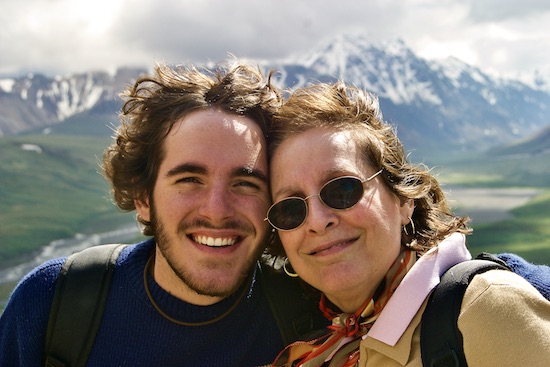
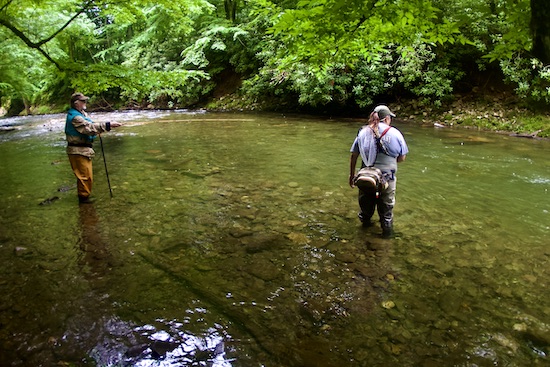


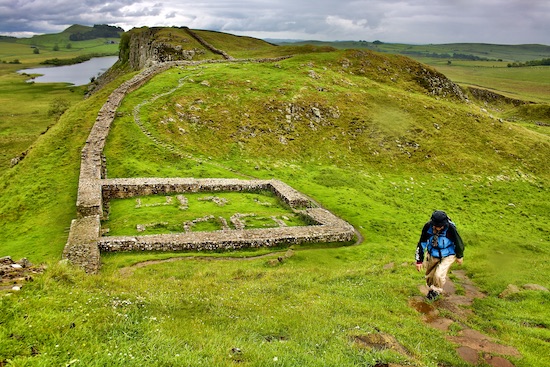
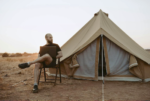
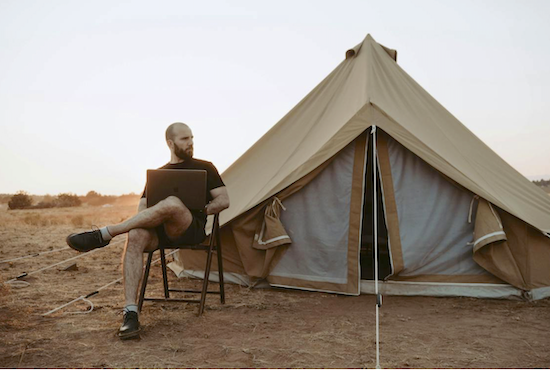

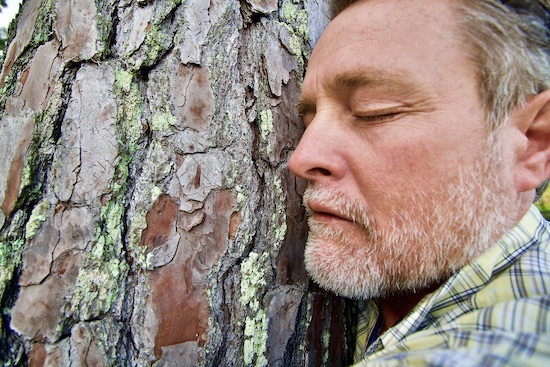
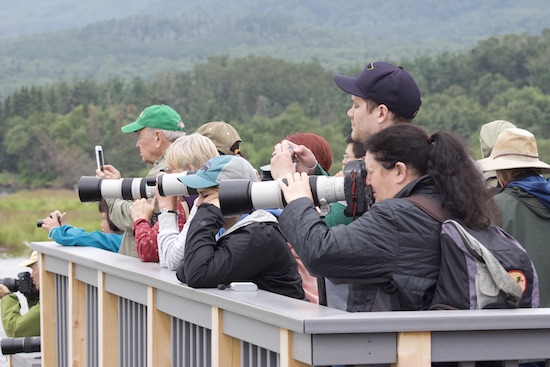

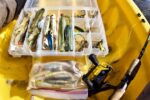

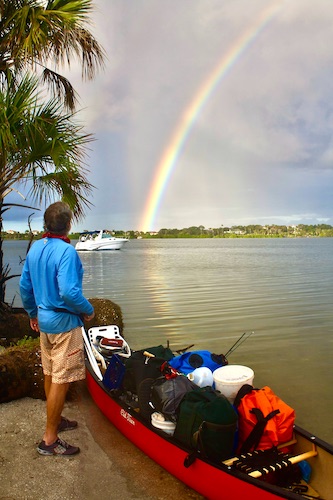
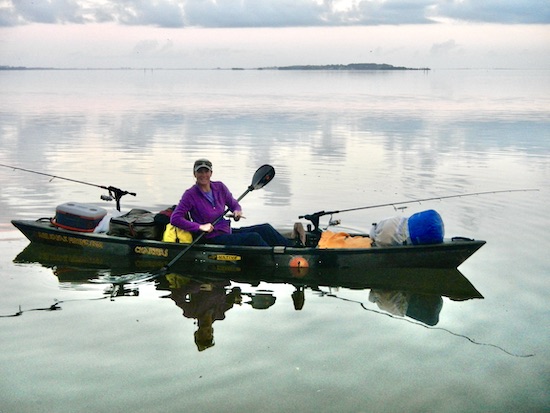
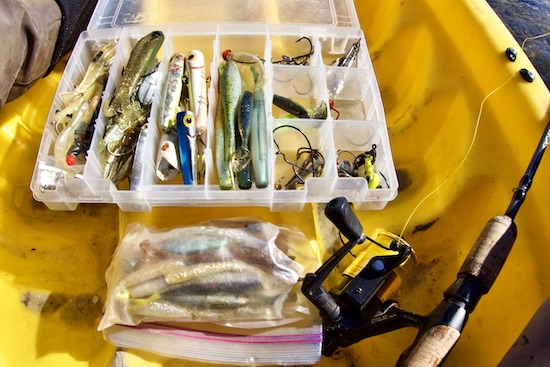
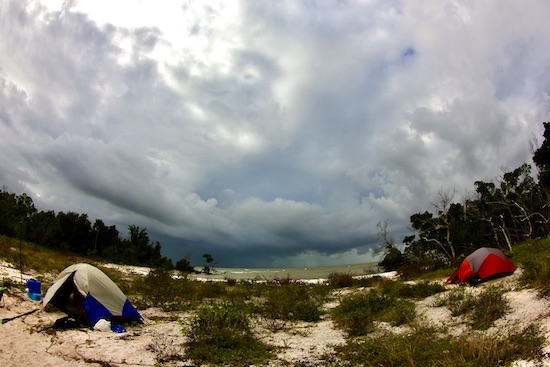
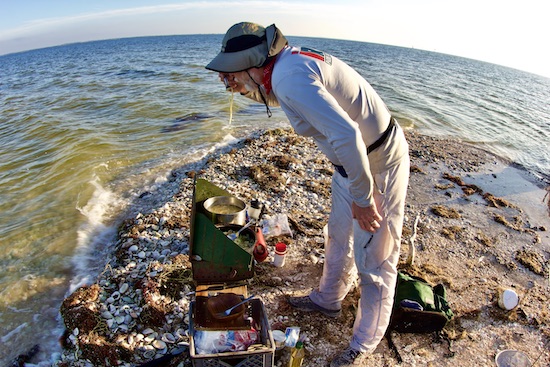
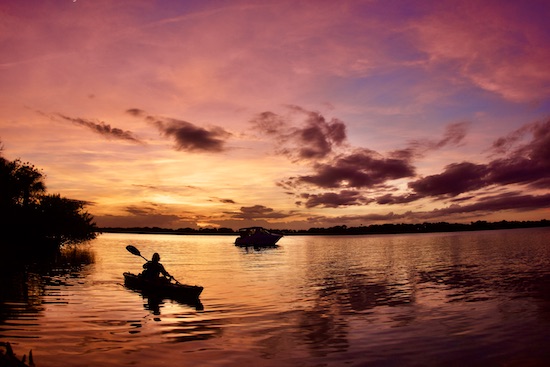
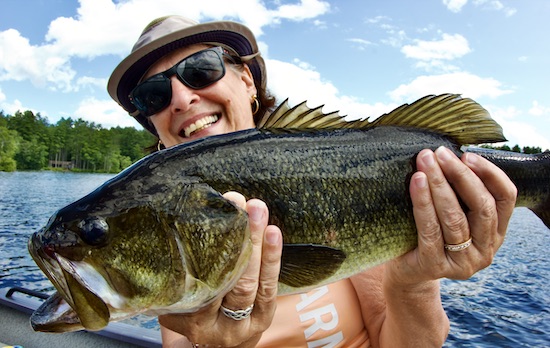

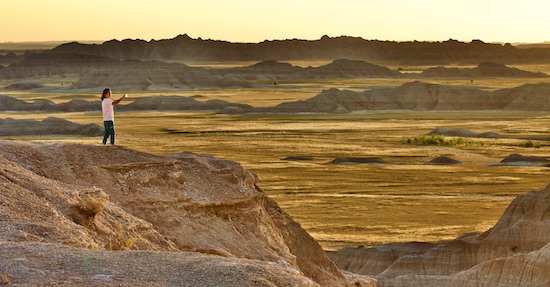

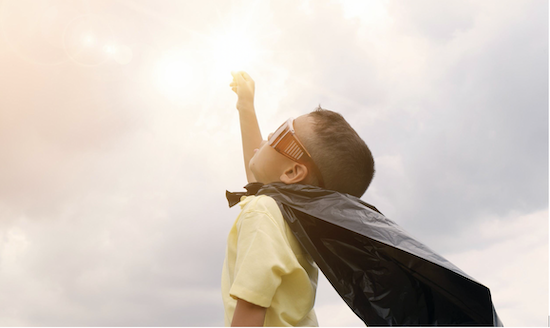
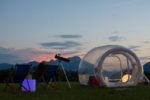
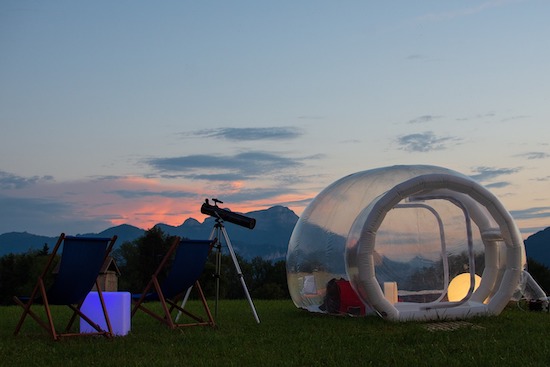



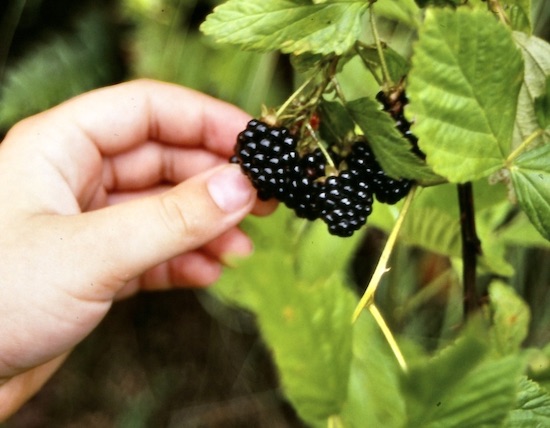
Recent Comments